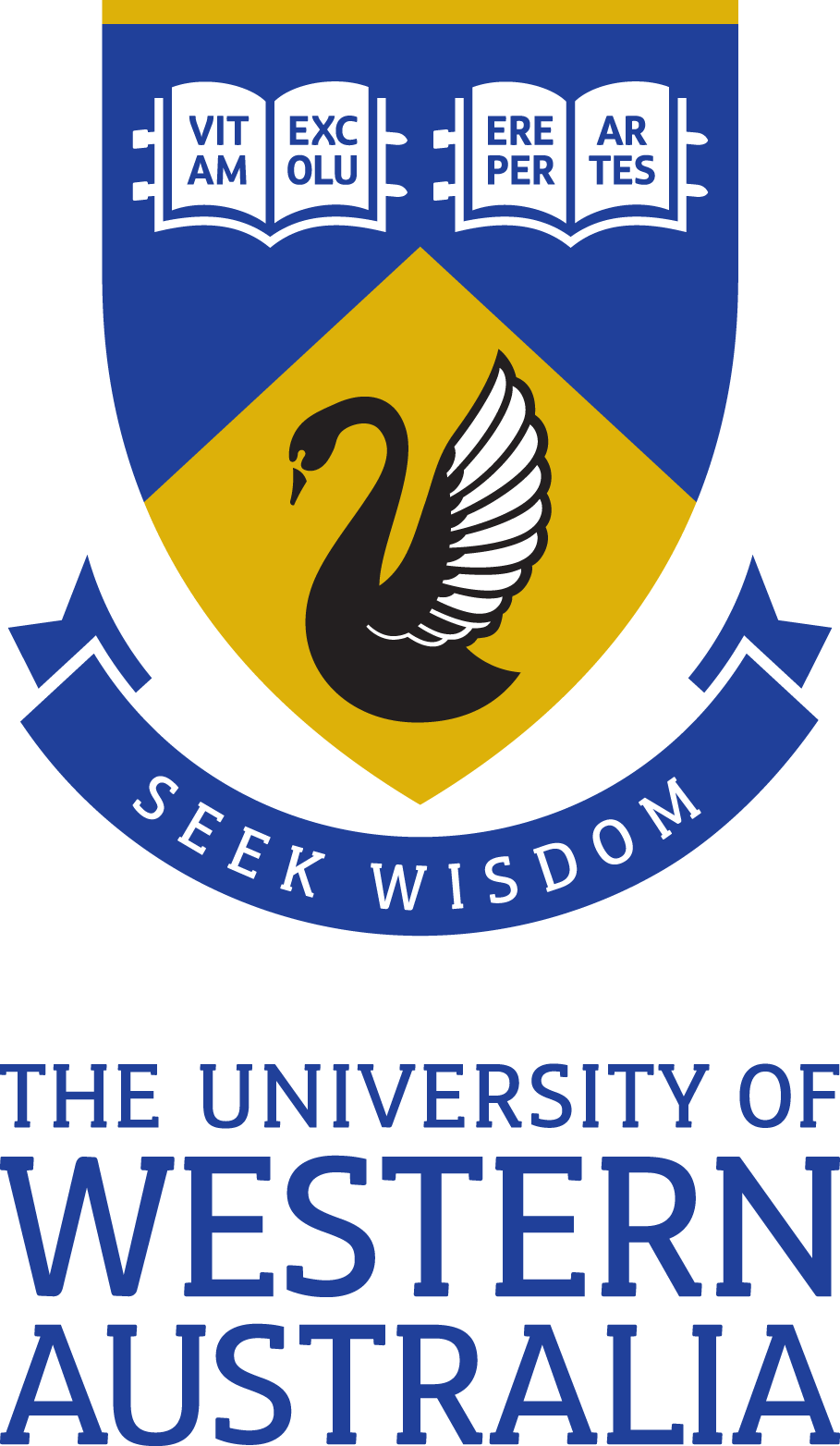Full description
Conservation translocations have become an increasingly popular method to restore or secure vulnerable populations. However, translocations greatly vary in success. The use of population viability analysis (PVA) may increase the likelihood of meeting translocation goals. However, the quality of PVAs to inform translocations is dependent on the availability of ecological data and clear translocation objectives to guide them. Here, we used PVAs to inform the planned conservation translocation of the Western Grasswren (Amytornis textilis textilis) from mainland Shark Bay onto Dirk Hartog Island, Western Australia. A range of translocation scenarios was modelled and scored against success criteria as determined by translocation objectives. Simulations of 20-year outcomes found that a minimum founder population of 112 individuals meets all success criteria. PVA supported sourcing individuals from two subpopulations to maximise genetic diversity. No impact to source populations was detected for the proposed harvest quantities despite conservative estimates of initial source population sizes. Here we demonstrate that creating clear, measurable objectives alongside a PVA lessens ambiguity about which translocation scenarios could be viable. In doing so, we have identified the minimum translocation sizes needed to maintain genetic diversity and population growth, thus increasing the likelihood of translocation success without impacting the source population.Notes
Associated PersonsAline Gibson Vega (Creator)
Issued: 2023-10-25
Subjects
User Contributed Tags
Login to tag this record with meaningful keywords to make it easier to discover
Identifiers
- DOI : 10.5061/DRYAD.PRR4XGXST

- global : 7edde28d-5dc4-47f3-af4c-c5d898449883


